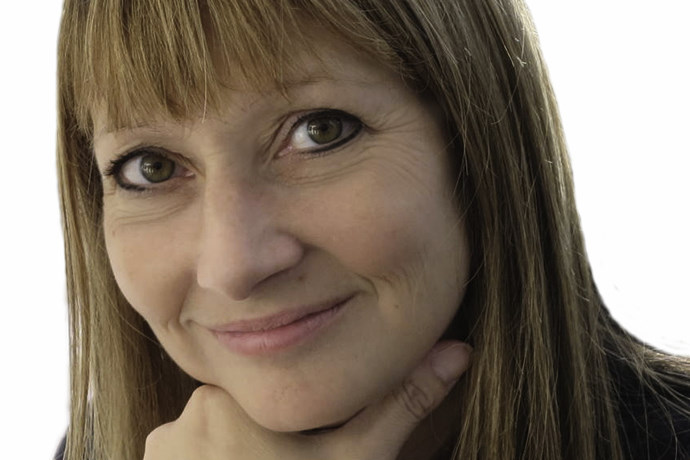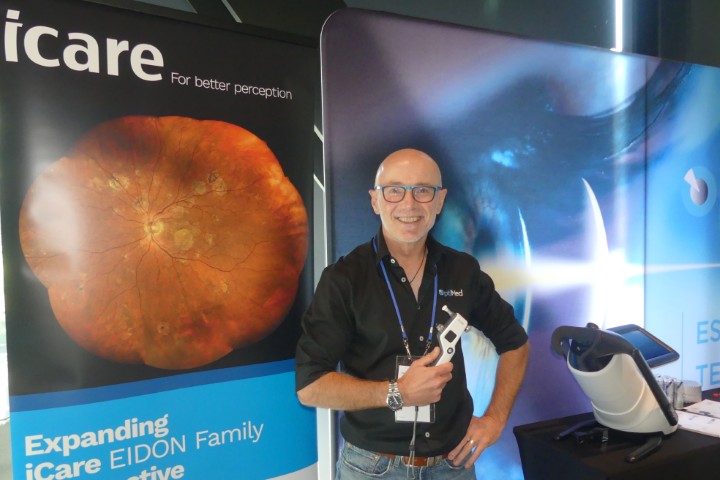Redefining dry eye
The recently published TFOS DEWS II report was more than two years in the making. Key to bringing it to fruition was Auckland University-based Associate Professor Jennifer Craig, vice chair of the Workshop. NZ Optics caught up with her to ask about the ups, downs and what’s next?
Is it a relief it’s over?
In some ways it’s a relief, as it’s been such a major undertaking over the last two and half years, involving a significant amount of overseas travel. So I’m very grateful to my family, friends and students, who have coped with my itinerant lifestyle! Having said that, I’ve felt so honoured to have been given the opportunity to be involved and I know I’m going to miss it, possibly not the late, late nights, missed weekends and disrupted holidays, but certainly the incredible people who are part of the TFOS group worldwide, the camaraderie and the academic buzz.
Did you achieve what you set out to achieve?
The aim was to reach a consensus on all aspects of dry eye, using an evidence-based approach, so yes, I think we have. DEWS II involved 150 experts, including basic scientists, ophthalmologists, optometrists and industry representatives, from 23 countries, split into 12 subcommittees, so achieving consensus was always going to be challenging, but I think we got there in the end.
What was the biggest accomplishment?
Probably that of managing 150 experts to consensus and avoiding major fall outs along the way! Seriously though, for me it was about refining the way in which we classify patients so clinicians can better understand the patient sitting before them, and direct them towards the most appropriate treatment options with better expectations with respect to outcomes. The new classification tree takes account the most common patient presentations we see frequently in clinical practice, so not just those with signs and symptoms, but those with signs without symptoms or symptoms without signs. It also forms a better basis for enabling the field to move forward by promoting research that can be compared across different sites, in different countries.
What was the hardest aspect to achieve?
Developing a management algorithm based on diagnostic findings proved much more difficult than we anticipated due to a lack of high-quality evidence. This has sparked further research which practitioners will be able to contribute to by completing a questionnaire that will be available very soon. We’re aware that there’s an increasing number of treatments available, but the research on these tends to be somewhat localised and is often affected by sampling bias. We have very few high-quality clinical trials where products or devices have been compared head-to-head or where the treatment has been compared in groups with different dry eye subtypes or different severity to highlight what might work best for individual patients with specific ocular surface characteristics.
Were there any surprises?
Strictly speaking, there shouldn’t be ‘surprises’ in a workshop such as this, because it’s based on existing evidence in the literature. So, I suppose the biggest surprises arise when we identify gaps in the literature. There are so many techniques we perform in clinical practice and treatments we undertake for patients, but in critically reviewing the literature we find we’re lacking good evidence in many areas. Often our practices might be based on studies without large enough sample sizes or without adequate masking, for example. A lot of what we do today is actually (and somewhat disappointingly for evidence-based professions) quite anecdotally-based.
What was the best thing about doing this?
For me, it’s been an incredible experience. To have been granted the opportunity to be involved in such an ambitious project and to see it come to fruition after so many months of hard work from so very many people - all of whom gave up their time pro bono - to produce a report of this magnitude which will benefit patients, clinicians and researchers across the world, has been tremendous and quite humbling.
I’ve met amazing people, all of whom share the common goal of improving the lives of affected patients, and I’ve had the opportunity to develop strong collegial relations with researchers around the world. I now hold honorary positions at two other universities, Aston University in the UK and Waterloo University in Canada, in recognition of the collaborative research we’re undertaking in these countries, which is also great for our research. New Zealand is really on the map, now, in terms of global recognition for our work in dry eye and on the tear film and ocular surface.
What’s next for TFOS and for you?
TFOS has many plans for the future. It’s first focus is the dissemination of the DEWS II report now that it’s complete. The Public Awareness and Education Subcommittee, with the assistance of TFOS’ ambassadors from across the world, is in the process of ensuring the information reaches all those with an interest in the area, whether clinicians, scientists, industry partners or patients themselves.
Undoubtedly there will be more collaborative initiatives, small and large. I hope one day there will be another DEWS, but if there is, it will be a number of years away, once a significant body of new research has been published. If publication of the current report has the same impact as the original DEWS, an increase in the amount of research being conducted in the field would be expected. This on-going research is critical as it’s the only way we can learn and continue to improve our delivery of the best patient care.


























